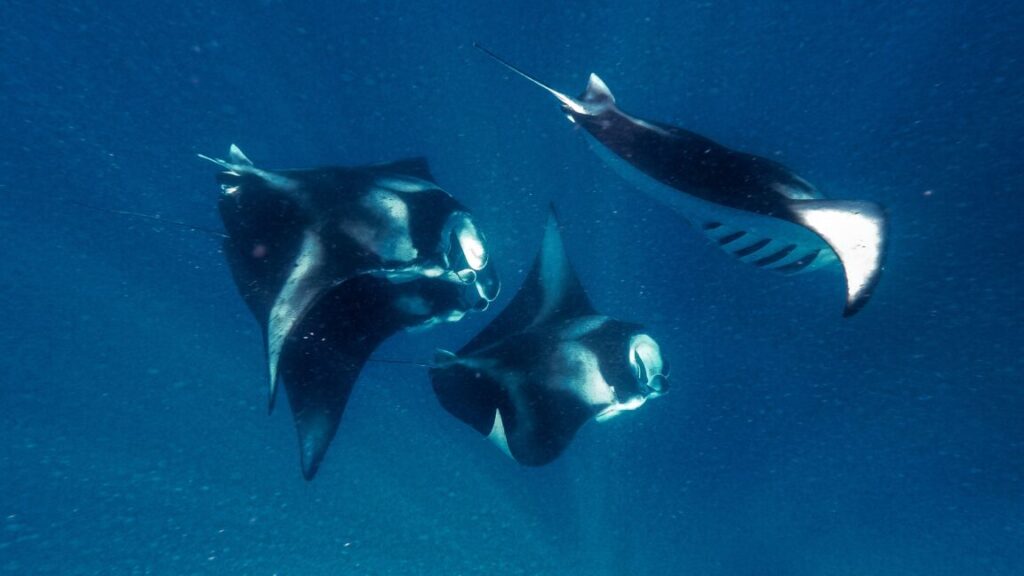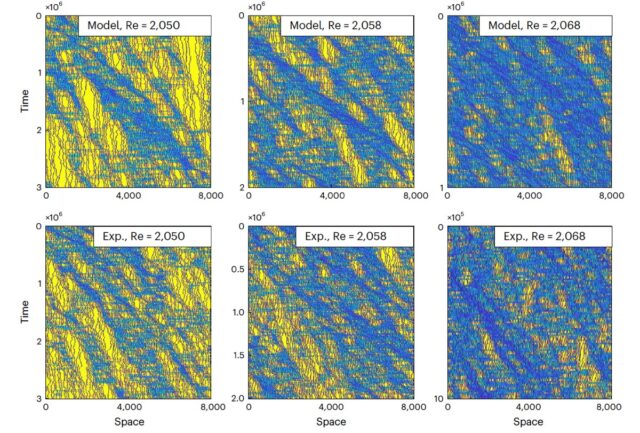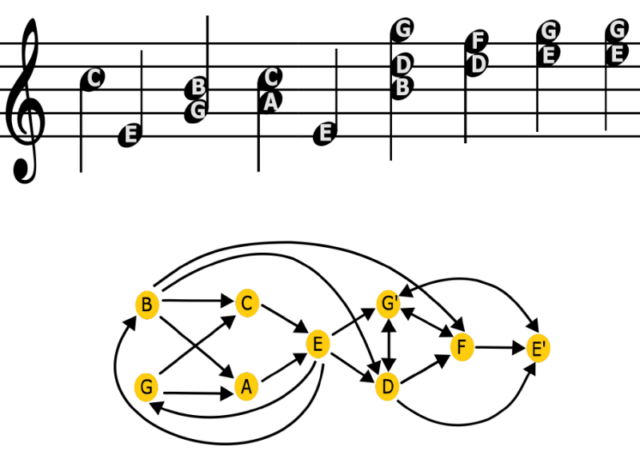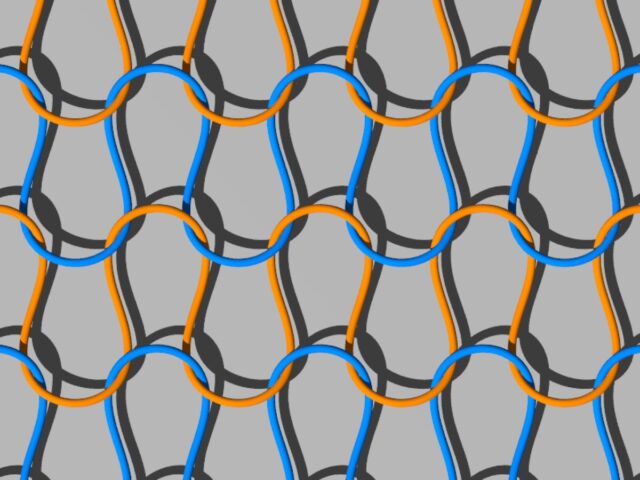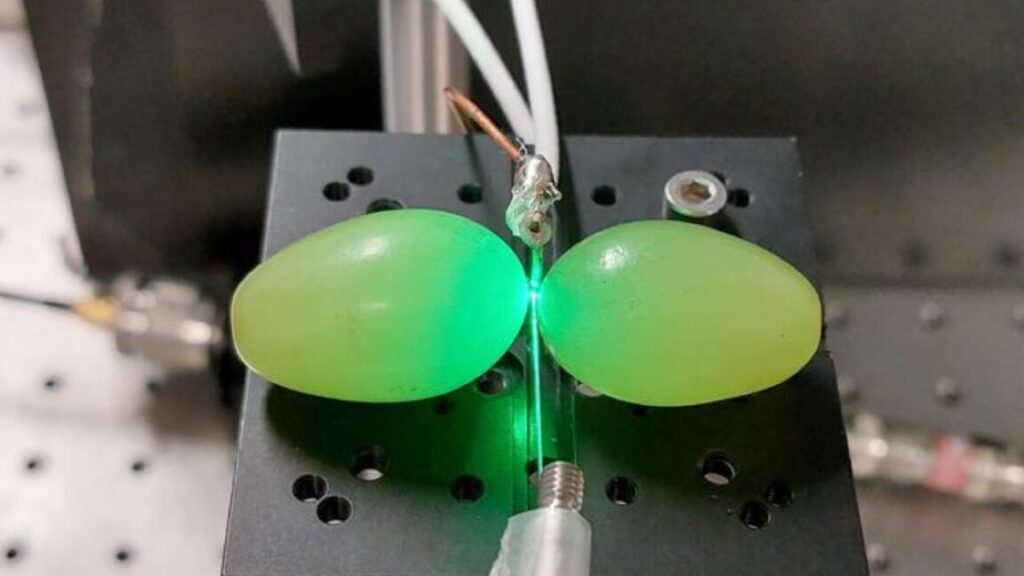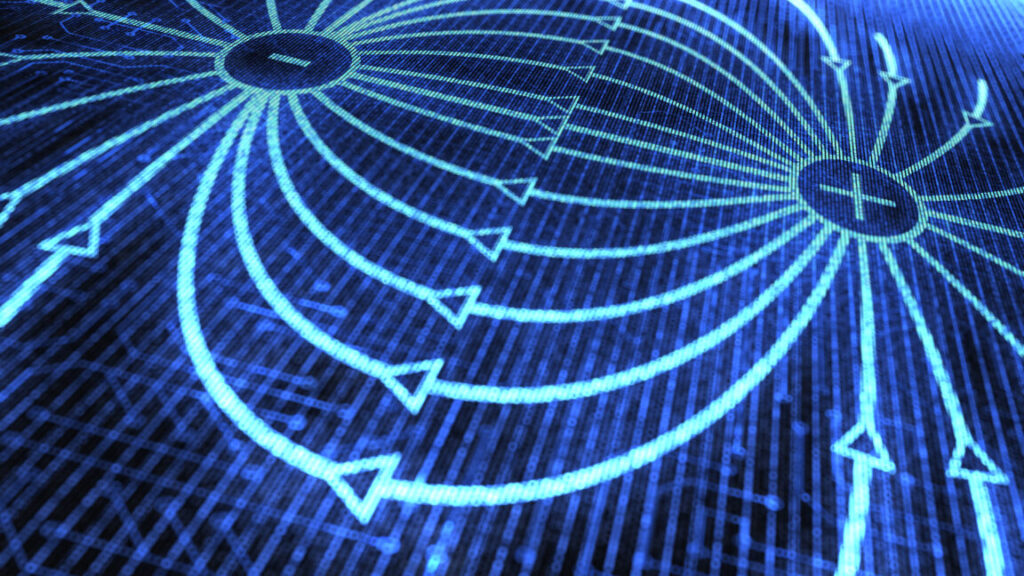Manta rays inspire faster swimming robots and better water filters
This robot can also dive and come back to the surface. Faster flapping results in strong downward waves that will push the robot upward, while slower flapping creates weaker upward waves that allow it to go further down. (Actual mantas sink if they slow down.) It also proved it could fetch a payload from the bottom of a tank and bring it to the surface.
Eating on the fly
Because manta rays are essentially giant moving water filters, researchers from MIT looked to them and other mobula rays (a group that includes mantas and devil rays) for inspiration when figuring out potential improvements to industrial water filters.
Mantas feed by leaving their mouths open as they swim. At the bottom of either side of a manta’s mouth are structures known as mouthplates, which look something like a dashboard air conditioner. When water enters the mouth, plankton particles too large to pass through the plates bounce further down into the manta’s body cavity and, eventually, to its stomach. Gills absorb oxygen from the water that gushes out so the manta can breathe.
The MIT team was especially interested in mobula rays because they thought the animals struck an ideal balance between allowing water in quickly enough to breathe while maintaining highly selective structures that prevent most plankton from escaping into the water. To create a filter as close to a mobula ray as possible, the team 3D-printed plates that were then glued together to create narrow openings between them. Particles that do not pass instead flow away into a waste reservoir.
With slow pumping, water and smaller particles flowed out of the filter. When pumping was sped up, the water created a vortex in each opening that allowed water, but not particles, through. The team realized that this is how mobula rays are such successful filter feeders. They must know the right speed to swim so they can breathe and still get an optimal amount of plankton filtered into their mouths.
The team thinks that incorporating vortex action will “expand the traditional design of [industrial] filters,” as they said in a study recently published in PNAS.
Manta rays may look alien, but there is nothing sci-fi about how they use physics to their advantage, from powerful swimming to efficient (and simultaneous) eating and breathing. Sometimes nature comes through with the most ingenious tech upgrades.
Science Advances, 2024. DOI: 10.1126/sciadv.adq4222
PNAS, 2024. DOI: 10.1073/pnas.241001812
Manta rays inspire faster swimming robots and better water filters Read More »
